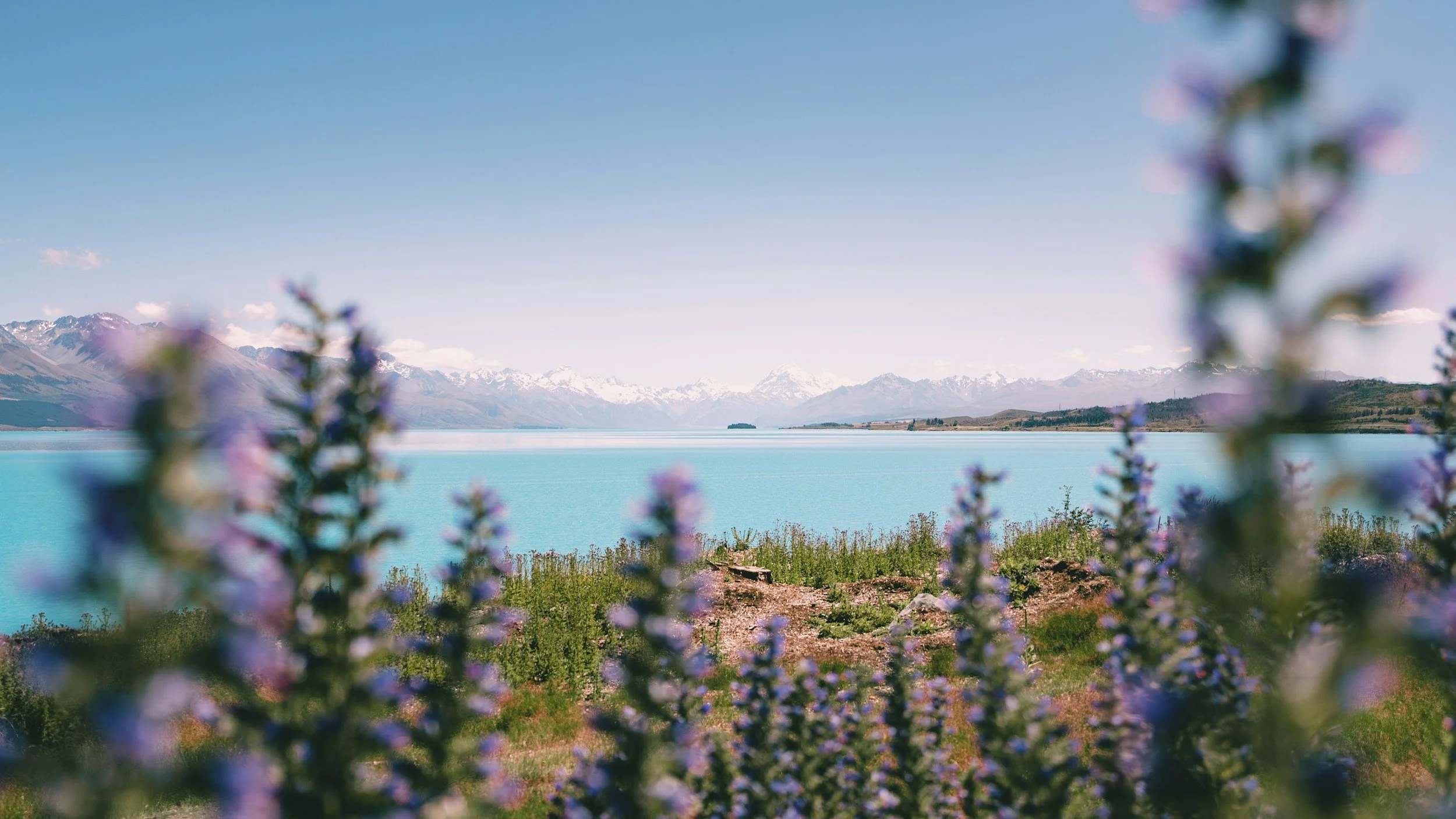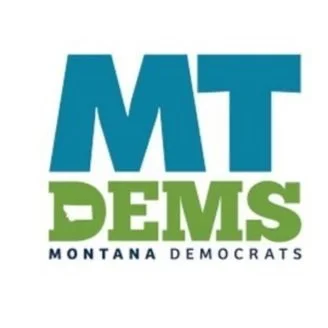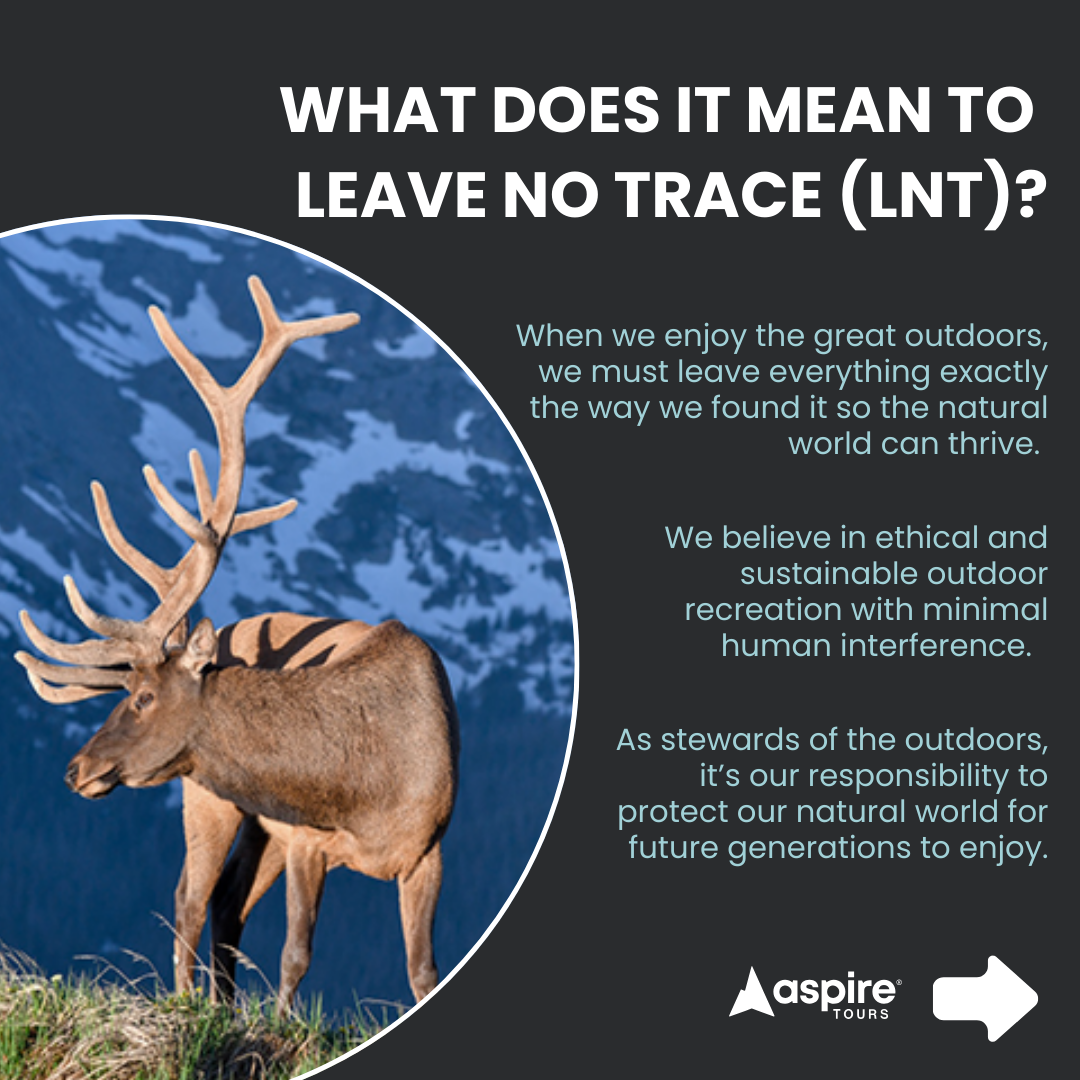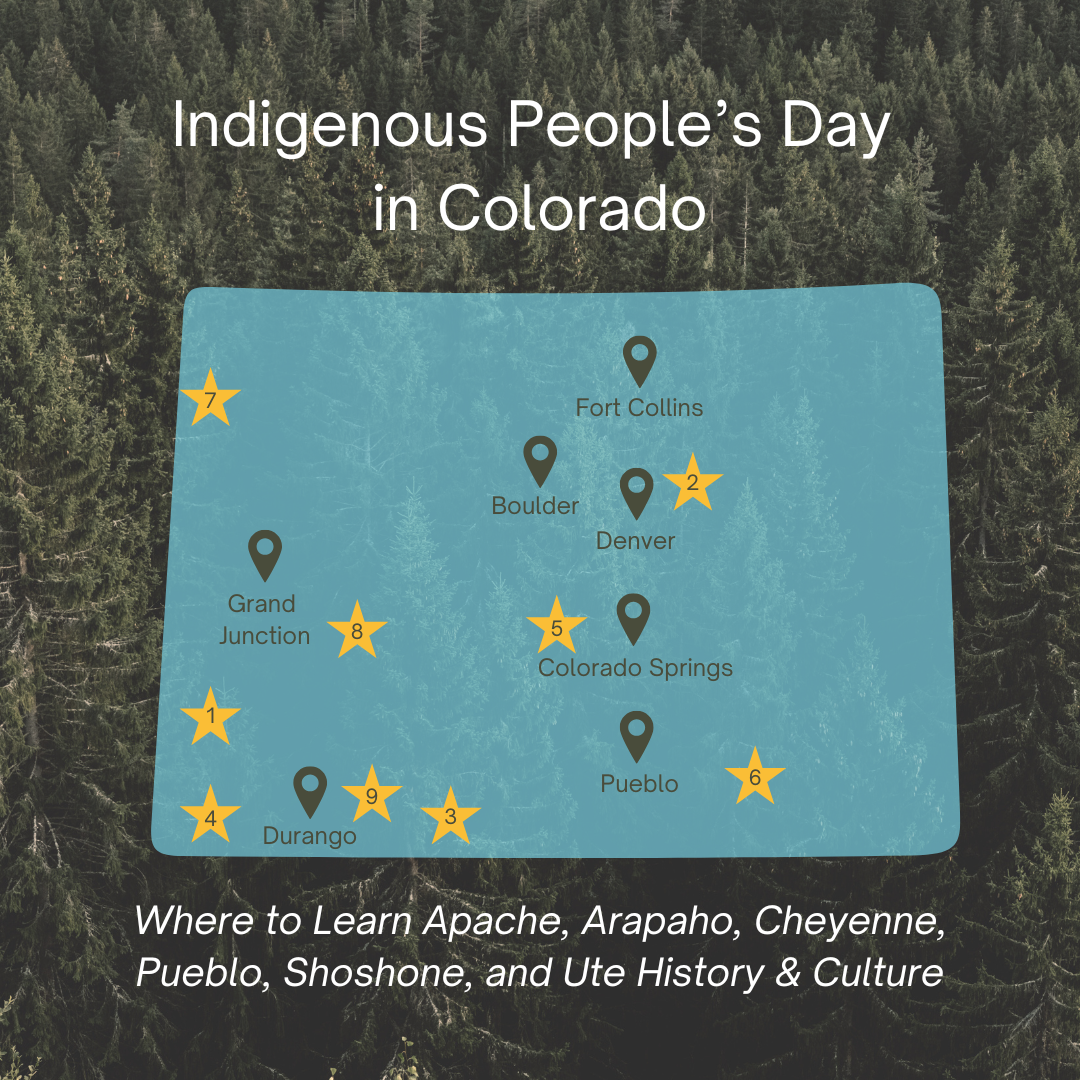Impactful Communications
for
Impactful Organizations
What I Do
I design and implement creative communications strategies to tell your organization’s story.
-
Blog Writing
Press Releases
Copywriting for Web
Copywriting for Email/Newsletters
Copyediting
Written Journalism/Reporting
Copyediting
-
Creating & Launching Accounts
Content Creation - Video & Stills
Caption Writing
Meta (Facebook & Instagram) Ads
Influencer Collaborations
Platforms:
Facebook
Instagram
LinkedIn
Bluesky
Twitter/X
TikTok
Reddit
-
Social Media Graphics
Flyers & Posters
Pamphlets & Catalogs
Specialties
-
Meta Ads
Google Ads for Nonprofits
Email Marketing
Website Editing
Digital Advertisements
-
Earned media coverage attainment
Press releases & pitches
Influencer collaborations
-
Planning
Contracts
Set-up
Execution
-
Building & Editing via:
WordPress
SquareSpace
Wix
NationBuilder
Elementor
Additional Services
Nonprofits
Arts & Culture Institutions
Small Businesses
Who I Work With
Current & Previous Clients
About MyWork
Nonprofits, small businesses, and cultural institutions do the heavy lifting of keeping community relevant, helping our society’s most vulnerable members, and building a more just and equitable world for all. But, without effective communication strategies, their stories can go unheard.
That’s where I come in.
As a communications consultant, I develop and implement creative strategies to bridge the gap between changemakers and the world beyond their office doors. Essentially, I work with organizations to deeply understand the communities they serve and amplify their integral work.
In our loud and crowded digital space, strategic communications in the forms of writing, social media, public relations, and digital marketing are essential for keeping your organization in the public eye, securing grant funding, adding donors and board members, and building a better world for all. We’re experienced, motivated, and excited to help you do what you do best.
Your hard work shouldn’t go unnoticed — I can make sure it doesn’t.
Julia Foodman Communications Consulting is queer-owned. I work with progressive and nonpartisan organizations, and I am dedicated to ensuring an accessible, welcoming space for all. Please let me know if there are any accommodations you need to make our partnership successful.
-
8 Things You Should Know About Postpartum Depression
Written for 1907 Foundation
Pregnancy, childbirth, and becoming a new parent are among the most profound experiences a person can have. So, it should come as no surprise that when people undergo these experiences, their mental health often shifts in dramatic ways. Postpartum Depression, is an incredibly common condition that many women often feel shame around. Having a new child is magical and very special, but it’s also completely normal for it to take a toll on your mental health. In this article, we’ll go over eight things about Postpartum Depression that you probably don’t know and definitely should know if becoming a parent is in your past or future.
Table of Contents
1. Many new mothers experience Postpartum Depression.
2. Postpartum Depression affects new fathers too.
3. There are many symptoms of Postpartum Depression.
4. Postpartum Depression is caused by deregulation in the brain.
5. Certain factors increase your risk of Postpartum Depression.
6. There is help if you’re struggling with Postpartum Depression.
7. Postpartum Depression is very under-researched.
8. 1907 Foundation’s Trailblazer Fellow is making headway on Postpartum
1. Many new mothers experience Postpartum Depression.
Some studies say that as many as one in five new mothers experience Postpartum Depression, while other studies suggest the number is close to one in nine. Either way, it’s very common. Some mothers experience Postpartum Depression with all their children, others with only one child, and some mothers never experience Postpartum Depression. If you are struggling with Postpartum Depression, it does not mean you’re a bad mother: it means you’re human.
2. Postpartum Depression affects new fathers too.
The stressors that new fathers face are different than those faced by mothers, but they’re still very signicant. Estimates of the prevalence of paternal postpartum depression vary from 4 to 25 percent. Studies so far have only used diagnostic criteria for maternal Postpartum Depression to investigate paternal Postpartum Depression, so there is an urgent need to study the validity of these scales for men and develop accurate diagnostic tools for both parents. That being said, changes in hormones, including testosterone, estrogen, and cortisol, during the postpartum period in fathers likely pose risk that need to be researched more.
3. There are many symptoms of Postpartum Depression.
Normal and expected changes after pregnancy often cause symptoms similar to those of depression. A parent will almost certainly feel overwhelmed when a new baby comes home. But if a parent is experiencing the following symptoms for more than two weeks, you may want to consult a doctor about Postpartum Depression:
Feeling restless or moody
Feeling sad, hopeless, or overwhelmed
Crying a lot
Having thoughts of hurting the baby
Having thoughts of hurting yourself
Not having any interest in the baby, not feeling connected to the baby, or feeling as if your baby is someone else’s baby
Having no energy or motivation
Eating too little or too much
Feeling worthless, guilty, or like a bad mother
Losing interest or pleasure in activities you used to enjoy
Withdrawing from friends and family
Having headaches, aches, pains, or stomach problems that don’t go away
4. Postpartum Depression is caused by deregulation in the brain.
Postpartum Depression is caused by alterations in the biological and hormonal systems in the body. Our feelings come from the brain, and hormones like estrogen and progesterone act directly on the brain. This is why, as any pregnant person could tell you, pregnancy is a very emotional time – that’s because hormones like estradiol and estrogen are being produced at a far more rapid rate during pregnancy, and then the levels drop dramatically following delivery. These huge swings in hormones alter brain activity, and in some women, these changes can lead to the onset of depressive symptoms.
5. Certain factors increase your risk of Postpartum Depression.
As far as we know, there’s no single indicator of whether or not a person will develop Postpartum Depression. However, certain factors make an individual more susceptible to it.
The following help indicates the likelihood of Postpartum Depression:
Hormonal Changes: As stated, after childbirth, the mother’s estrogen and progesterone drop dramatically, and depending on how sensitive a woman’s brain is to changes in these hormones, it may contribute to postpartum depression.
Emotional Changes: Having a new child alters your life dramatically. New parents are more often than not, extremely sleep-deprived, overwhelmed, and anxious, and they’re dealing with serious life changes. Depending on the intensity of these changes, a person may develop Postpartum Depression.
Genetic Factors: Like any mental health condition, there is a genetic component in a person’s likelihood of developing Postpartum Depression. If you or anyone in your family has a history of Postpartum Depression, depression, anxiety, or bipolar disorder, your chances increase.
Outside Factors: As a new parent, you’re still your own individual person with needs outside of your child.
Therefore, other factors when crossed with pregnancy can increase your risk of developing Postpartum Depression
including pregnancy complications, health concerns, relationship troubles, a weak support network, or nancial troubles. Of course, an unplanned or unwanted pregnancy enhances your risk and unexpected factors that came along with childbirth including having twins or triplets, difficulty, breastfeeding, or having a child with health problems also complicate things. Younger mothers are also more likely to develop Postpartum Depression.
Still, it’s not easy to predict who will suffer from postpartum depression. But scientists are working on this and there are resources available.
6. There is help if you’re struggling with Postpartum Depression.
Like any mental health condition, help is available. Postpartum Depression is a type of depression, which means the most common treatments include therapy and medications, with the most common being SSRIs: selective serotonin reuptake inhibitors, a widely used type of antidepressant. Electroconvulsive therapy (ECT) is also a common procedure for Postpartum Depression treatment. It uses a mild electrical current to cause a brief seizure to effectively treats severe mental health conditions, including depression, schizophrenia, and more. It’s both safe and common, and modern methods use anesthesia to minimize discomfort.
For your own sake, it’s very important to seek help when you’re facing a diagnosable mental health condition. But beyond that, research suggests that postpartum depression can affect your baby and the bond between mother and baby, so it's important to take care of yourself!
7. Postpartum Depression is very under-researched.
Postpartum Depression is underresearched and underrecognized. For starters, there are no studies to date on how Postpartum Depression affects fathers and adoptive parents, although these parents have shown similar characteristics to mothers with Postpartum Depression. Likewise, what mothers go through and why is still generally misunderstood among parents and healthcare professionals alike, which often leads to people living with untreated conditions. It shouldn’t be this way, and it doesn’t have to be.
8. 1907 Foundation’s Trailblazer Fellow is making headway on Postpartum Depression.
Each year, the annual 1907 Trailblazer Award is granted to promising early-career MDs and PhDs. Each Fellow is provided $120,000 to investigate the Causes and Cures of mental illness. This year, one of our fellows, Dr. Jonathan Power, is investigating how women’s brains change over pregnancy and the implications for peripartum and postpartum mental illness. There has never been a study done like this before.
We’re incredibly proud to be funding Dr. Power’s research. “Pregnancy is a profound experience that often triggers anxiety and depression in women - we need to study how brain activity changes in pregnancy to understand how
maternal mental illness develops and can be treated,” says Dr. Power. To promote a better future for parents with better mental health, you can help scientists thoroughly research and understand Postpartum Depression. To contribute to funding Dr. Power you can donate here and to Sponsor Dr. Power or any of our other existing or upcoming Trailblazer Award Fellows by contacting our CFO Chris Garland.m description
-
Women’s Film Festival Preview Party Coming Soon and First Festival Films Announced
Written for Rocky Mountain Women’s Film
September 7, 2024, COLORADO SPRINGS, COLORADO – Community members and film enthusiasts alike are invited to join Rocky Mountain Women’s Film (RMWF) at 5:30 pm on Tuesday, September 17, 2024, at the Ivywild School Gym for a night of mingling and previewing trailers for films selected for the 37th Annual Rocky Mountain Women's Film Festival October 18-20, 2024.
Not only will guests have the opportunity to sponsor films, enjoy food and drink from Ivywild School vendors, and build community around film at this free event, but attendees will be the first to find out which films have been selected for this year’s festival. While most of the films will remain a secret until the Preview Party, RMWF is incredibly excited to announce the full-length, feature films that will be shown on the evenings of Friday, October 18, and Saturday, October 19.
The Festival will begin Friday, October 18, with a showing of “The Day Iceland Stood Still,” directed by Emmy award-winning filmmaker, journalist, and media executive Pamela Hogan. The documentary traces one fateful day in 1975 when 90% of Iceland’s women walked off the job and out of their homes and the country came to a standstill. Unexpectedly funny and told for the first time, this is the true story of one day that catapulted Iceland to the world’s superpower of gender equality.
On Saturday, October 19, the evening film selection will be a choice between a selection of short films and “Maya and the Wave,” directed by Stephanie Johnes. Originally premiered at the Toronto International Film Festival, this thrilling documentary follows world-champion Brazilian surfer Maya Gabeira, who battles against monster waves as well as chauvinism in the field of competitive surfing. Filmmaker Johnes follows Maya over several years as she perseveres through setbacks, injuries, and a near-death experience to pursue her goal.
These two trailers will be shown at the Preview Party, as well as other films that are still to be announced. RSVP to the Preview Party here: http://bit.ly/3Za77ej
Festival passes including full weekend passes and single day or single block passes can be purchased at https://rmwfilm.org/festival/pick-your-pass/. Discounts are available for active duty military, veterans, and seniors.
Rocky Mountain Women’s Film is a Colorado Springs-based nonprofit that builds community around film by elevating the stories of women and others who are often unheard or unseen. RMWF hosts a variety of community film events throughout the year and is the organization behind the longest-running women’s film festival in North America.
-
The Culley Collection at The Benton Museum of Art (February 12 - June 29, 2025)
Written for the Benton Museum of Art at Pomona College
The Culley Collection consists of 189 rare and culturally significant prints made from relief block in the early twentieth century. While this style of printing Is generally associated with late medieval German art, numerous German, Austrian, French, Italian, British, and American artists including Josef Albers (1888-1976, Germany), Wanda Gág (1893-1946, USA), Käthe Kollwitz (1867-1845, Germany), and Emil Nolde (1867-1956, Germany) revived this method of printing to create avante garde, artistically impressive works centuries later.
This temporary exhibit features a wide range of styles and subjects, many of scholarly interest due to the rarity and distinctive nature of collections as a whole. By featuring this collection, The
Benton aims to make this style of artwork more visible and generate new knowledge about understudied works, following exhibitions at The British Museum, MoMA, The Metropolitan Museum of Art, and LACMA.
In addition to the art from the Culley Collection, explanations of the steps involved in preparing a printing from a relief block to give visitors a more holistic understanding of the craft. Historical information about the broader history of relief printmaking along with works by Hans Burgkmair the Elder (1473-1531, Germany), Albrecht Düer (1471-1528, Germany), Ando Hiroshige (1797-1858, Japan), Alison Saar (1956-, USA), and Stanton Macdonald-Wright (1890-1973, USA) are on display.
Lastly, to tie the collection to current artists and garner enthusiasm for printing among a new generation of art historians, the exhibit includes student-authored texts as well as work by Benton Museum Director Victoria Lobis, Erin Sullivan Maynes of LACMA, and German Print Scholar Armin Kunz.
-
Syrian Refugees Trapped in Permanent Camp
Written for The Writer’s Project
Amid war-torn Syria and Iraq, hundreds of thousands of citizens have been forced to leave their hometowns in the wake of alarmingly deteriorating conditions. There is a common misconception that most of the refugees have relocated to Europe and the United States, but this is far from reality. Vast populations have been forced to reside in overpopulated camps which have become long-time realities for legions of men, women and children.
Designed as temporary housing for up to 1,000 families, Domiz1, nicknamed “Little Syria,ˮ is the biggest refugee camp in Iraq. Since opening in 2012 on a former American military base in northwestern Iraq, it has become a permanent home for many, and a community has sprouted. There are now businesses and nine schools for the roughly 12,000 children younger than 12 and a population of more than 35,000. Slowly but surely, Domiz1 is transforming from a safe haven to a squalid city with ramshackle permanent housing constantly under construction.
There is certainly an element of chaos to living in Domiz1, which has been largely ignored by the media. Law virtually does not exist. Domestic violence is believed to be widely unreported as well as child marriage, child labor and labor exploitation. There are also significant water shortages, temperatures rise to 114 degrees Fahrenheit and sanitation is woefully insufficient; essentially no sewage system exists. The United Nations High Commissioner for Refugees holds operational power but is not in a position to establish Domiz1 as a permanent home for anyone.
“When new refugees arrive at a camp, theyʼre just happy to be alive,ˮ said Mark Juergensmeyer, a professor of sociology and religious studies at the University of California, Santa Barbara, said at a talk at Claremont McKenna College in February. “But when refugees have been in the same shelter, designed as a temporary haven for years on end, the camps transcend into ghettos, with gangs, violence and fraught with danger.ˮ
Doctors Without Borders has developed a significant presence at Domiz1. “The clinic is always crowded,ˮ Lava Abdul Rahman, a gynecologist at the United Nations Population Fund UNFPA maternity clinic said at a UNFPA conference in 2014. Each day, 30 to 35 pregnant women come to the clinic for prenatal care, she noted. During a six-week period in summer 2018, there were more than 200 childbirths. The clinic provides a spectrum of support and care, including family planning, maternal health care, as well as counselling, psychosocial support, awareness sessions, recreational activities and lifeskills courses.
“Words like ‘unsustainableʼ donʼt paint a picture of how desperate these times are,ˮ actor Angelina Jolie, who serves as U.N. High Commissioner for Refugees special envoy, said during her sixth visit to Domiz1 in 2018. Refugeesʼ lives “are on hold indefinitely because of the war,ˮ she said. “They cannot go back, they cannot move forward, and each year they have less on which to live. “When there is not even the bare minimum of aid, refugee families cannot receive adequate medical treatment, women and girls are left vulnerable to sexual violence, many children cannot go to school, and we squander the opportunity of being able to invest in refugees so that they can acquire new skills and support their families.ˮ
With frigid winters, deathly desert summers, an extreme shortage of food, water, shelter, medical supplies and other essential materials, and no future in sight, there is little escape from Domiz1. While the camp is certainly better than a ravaged Aleppo or other cities torn apart by the Syrian civil war, Domiz1 remains a camp intended for desperate people to reside in temporarily that is becoming a wretched permanent home for tens of thousands.
-
An Explainer on Washington D.C., Puerto Rico, and the U.S. Territories
Written for Rock the Vote
Nearly five million people — residents of Washington D.C., Puerto Rico, and the other U.S. territories — are taxpaying U.S. citizens that have fundamentally different voting rights and representation in government than residents of the 50 states.
What are the U.S. territories?
Similar to states, territories of the United States are sub-national administrative divisions overseen by the U.S. government. The United States has held territories throughout its history. In fact, many current states started off as territories before they were granted statehood. Hawaii and Alaska were the last two territories to become states — both in 1959.
Currently, the United States occupies sixteen territories, five of which — Puerto Rico, Guam, the Northern Mariana Islands, American Samoa, and the U.S. Virgin Islands — have permanent inhabitants who are U.S. citizens.
How are the citizens of the territories represented in government?
All five inhabited territories have government structures similar to those of the states, with their own executive, legislative, and judicial branches. Those who live in the territories are U.S. citizens, pay some federal taxes, and can travel freely within the United States. Despite contributing billions in taxes to the federal government, they do not have meaningful representation like U.S. citizens in the 50 states. At the U.S. federal level, each territory elects a non-voting member in the House of Representatives, but they do not have any representation in the Senate.
While citizens in these territories do vote in presidential primaries, they do not have representation in the Electoral College, rendering their vote more symbolic than consequential. This unequal status provided to the people of the U.S. territories — often characterized as taxation without representation — has been criticized by many as a colonial relationship in a postcolonial world.
How are citizens of Washington, D.C. represented in government?
While Washington, D.C. has more autonomy than the U.S. territories, its citizens still do not have the representation enjoyed by those who live in one of the 50 states. The District is home to more than 712,000 people. Its citizens pay federal income tax and have at least some representation in the Electoral College thanks to the 23rd Amendment of the U.S. Constitution, which granted D.C. the same number of electoral votes as the least populous state; however, the population of D.C. is greater than two states — Vermont and Wyoming. Like each of the territories, Washington D.C has a non-voting delegate in the House of Representatives and does not have Senators.
Do the residents of D.C. and the territories want statehood?
Washington D.C. and Puerto Rico often lead the calls for statehood conversation because they have larger populations than the smaller territories. Ongoing debates about statehood date back to Washington D.C. and Puerto Rico’s respective beginnings with the U.S. Proponents cite the Revolutionary War slogan “taxation without representation” as a rallying cry as people of the District of Columbia. and the U.S. territories are American citizens who are taxed without representation in Congress.
While citizens of all territories pay many federal taxes, D.C. is the only territory where people pay federal income taxes. In fact, residents of Washington D.C. pay the highest per-capita federal income tax rate in the nation, yet have no voice in how their tax dollars are allocated. Many Puerto Rican leaders and citizens have expressed a desire to start paying federal income taxes in exchange for statehood.
There is a growing consensus among territorial residents that statehood would be a positive and necessary change, In 2016, D.C. voters overwhelmingly passed a ballot measure in favor of statehood. In Puerto Rico, a nonbinding referendum in November of 2020 resulted in 52 percent of Puerto Ricans voting in favor of statehood.
What is the process to become a state?
The Admissions Clause of the U.S. Constitution grants Congress the power to admit new states to the Union. Every state not included in the original 13 colonies was added by Congress using this power. A bill granting statehood to a prospective state would have to pass in both the Senate and the House of Representatives and be signed into law by the President in order for that territory to be granted statehood.
Has this been done before?
A majority of the current states started out as territories. Just over 60 years ago, Hawaii and Alaska were granted statehood in 1959. Our institutions were updated to accommodate two new states, and, now, the federal government still has the power to grant equal representation to U.S. citizens living in D.C. and the territories.
What would statehood mean for electoral representation in D.C. and the territories?
If D.C. or any of the U.S. territories were to be granted statehood, our institutions would have to be updated to provide representation to these citizens.
In Congress, the Senate would expand to accommodate two Senators from each of the new states. A 1929 law set the number of seats in the House of Representatives to 435 voting members, with representation divided amongst the states based on population. Since this law is still in place, Congress would have to either 1) implement a new law increasing the number of voting members of the House of Representatives or 2) reassign the existing number of districts to accommodate new states.
The Electoral College would also change. States are allotted electoral votes based on how many voting members from their state are in Congress. Therefore, new states would be allocated Electoral College votes based on the number of Representatives plus the two Senators from their state. This would — for the first time — give territorial citizens a meaningful voice in Congress and in presidential elections.
Why are we talking about D.C. statehood now?
While Members of Congress have introduced D.C. statehood bills for decades, recent events have thrust the statehood debate to the forefront. On January 6, 2021, President Trump incited a riot at the U.S. Capitol and initially refused to activate the D.C. National Guard to secure the Capitol. While state Governors have the power to mobilize their National Guard units within their state, the D.C. Mayor — D.C.’s equivalent of a Governor — cannot mobilize the National Guard in the District without federal government approval. The handling of the Capitol riots has led to renewed calls for D.C. statehood.
Now, just months after a summer in which D.C. leaders criticized the heavy presence of federal law enforcement in the District in the face of largely peaceful Black Lives Matter protests, there is a clear focus on the arguments that the District should have control over its own public safety and that residents deserve a say in what happens in their community.
Why are we talking about statehood for Puerto Rico now?
Like D.C., recent disasters and controversies have centered the statehood conversation on the need for autonomy for Puerto Rico. In 2017, Hurricane Maria ravaged Puerto Rico, and the federal government response was slow and grossly inefficient. More than three years later, many U.S. citizens remain without electricity despite paying billions in taxes to the U.S. government. This federal government failure initiated serious conversations about granting statehood or independence to Puerto Rico for safety purposes both on and off the island.
The basic argument for statehood A core principle of American democracy is the right to representation by the people and for the people. For more than 240 years, Americans have fought to expand the definition of “the people” — securing citizenship and voting rights for women, Black and Indigenous Americans, people of Asian and Latinx descent. Residents of DC, Puerto Rico, and other territories should be next. As the debate over statehood continues and intensifies, it’s important that we center the voices of those impacted by their second-class citizen status: the residents of D.C., Puerto Rico, and the other U.S. territories.
Get to Know My Work: Writing
Get to Know My Work: Graphics
About Me:
Julia Foodman
Julia Foodman (she/they) is a communications guru, a writer, and a creative. She is proud to combine her lifelong passion for social justice with her knack for communications by working as a communications consultant for organizations that make a tangible impact.
Originally from Connecticut, Julia earned her Bachelor’s in Politics and Interdisciplinary Humanities from Scripps College in Claremont, California, and subsequently moved to Colorado for the mountain air and to work on political campaigns. In 2022, Julia left politics to pursue nonprofit communications work where she could use her skillset more effectively to drive positive social change. Since then, Julia has worked as a communications consultant for a variety of education and arts nonprofits.
Julia grew up alongside the internet and social media, allowing her to become extremely well-versed in the best digital storytelling practices as they were forming. As a lifelong writer and artist, she believes it is a tremendous privilege to tell others' stories, which she takes very seriously.
As of March 2025, Julia works full-time as the Social Media and Content Manager for Learner-Centered Collaborative, a nonprofit that partners with educators nationwide to design and implement meaningful, accessible, student-centered educational experiences. In her role, she runs LCC’s their social media and weekly blog to ultimately expand and promote inclusive education. However, she intends to work with freelance clients in the evenings and on weekends.
In her personal life, Julia immerses herself in Denver’s cultural landscape as an actor in community theater productions and indie films, a guest teacher in children’s drama programs, and a stand-up comedian. She loves to spend time with her cat Olivia, ski, travel, practice Yin Yoga, and go on walks.
Let’s make change happen!
Please fill out this form to set up an initial consultation.
I will be in touch shortly.


























